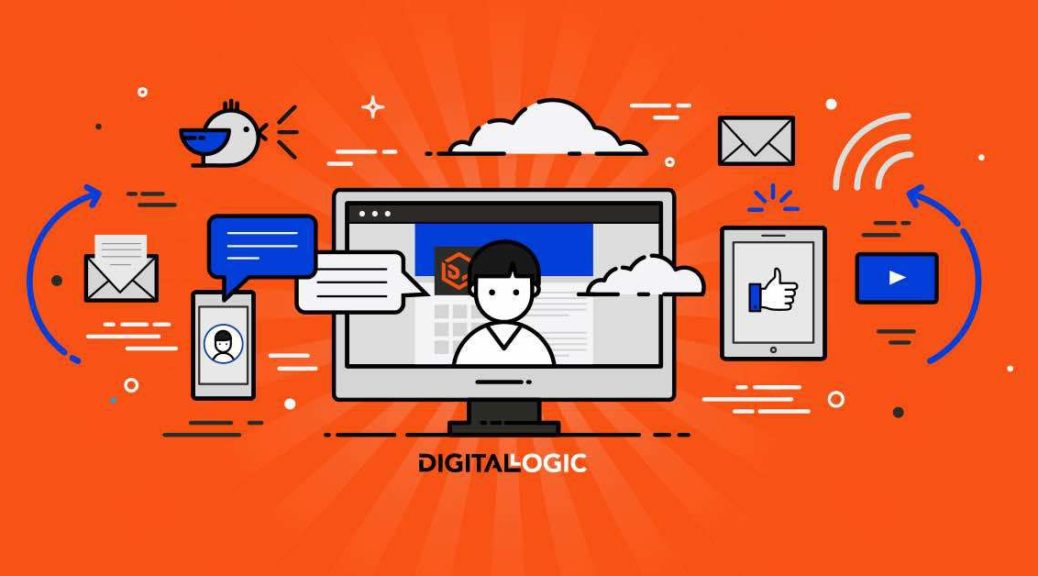Nothing is more important to a company than properly securing their confidential data, especially during mergers and acquisitions or due diligence. A virtual data room is an ideal place for such transactions as it provides a secure space in which documents can be conveniently stored and exchanged. But choosing the right VDR is not so easy, and in this article, we will tell you what you should pay attention to when choosing a data room.
What basic features do data rooms offer?
The list of features varies from provider to provider, but there is a well-established base that almost all developers adhere to. Standard VDR features include:
- Ability to customize access rights to folders -DDRs give administrators the right to control access to their documents. So managers can decide who can and can’t view certain folders
- Customizable user interaction with documents – besides access, administrators can also prohibit or allow users to perform functions such as copying, editing, screenshotting, forwarding, and so on
- Define document deadline – once the deadline of a certain document expires, it becomes no longer available
- Use watermarks -this helps avoid unwanted distribution and data leakage
- Access to track user actions -Administrators can see what all other users have done and what documents they have accessed. This makes it easier to control the project development process and the M&A process
- Add old projects to the archive – all records will be stored within the VDR for later use
What is included in the special features of virtual data rooms?
Additional VDR capabilities include a variety of features that help streamline and simplify all business processes, they include:
- Questions and answers – which facilitates interaction between parties
- Mass Download – helps you quickly upload and organize a large volume of documents
- Reporting and analytics – take a close look at user activity and the processes that take place within VDRs
- integrated APIs – tailor the VDR space to your business systems
- Interface for specific types of projects – since VDRs can specialize in specific issues, they offer the user to customize their interface to their needs
What do I need to consider when choosing a virtual data room?
When you have an idea of the core and optional features of VDRs you can figure out which ones you would like to see in your VDR. Then you can start comparing providers. Pay attention to the following questions as you examine offers from providers:
- User interface and provider specialization
Your productivity will also depend on the interface of your VDR, make sure that it is as simple and easy to use as possible so that even employees with the lowest level of technical proficiency can adapt to it. This is also important if you don’t want to put your data at risk, because with a complex interface there is a greater risk of “clicking the wrong button”. Make sure that the interface is not too outdated and pay attention to the support service: is it ready to explain to you how each function works?
- Security
This is a major feature of all VDRs, but you still need to be sure of the quality of your protection:
- In which data centers does the provider store your data? Ideally, there should be more than one
- Pay attention to the security certificate, and make sure your VDR has encryption and dual authentication features
- Check for additional security features
- Price
If you don’t want to overpay, carefully examine the provider’s pricing model. Make sure that the provider is not overcharging or charging extra for features that were not originally specified in your plan.

